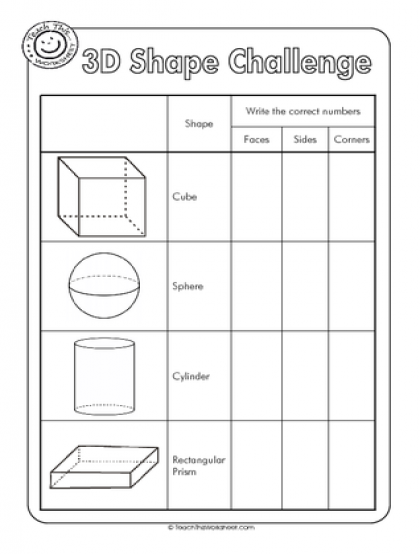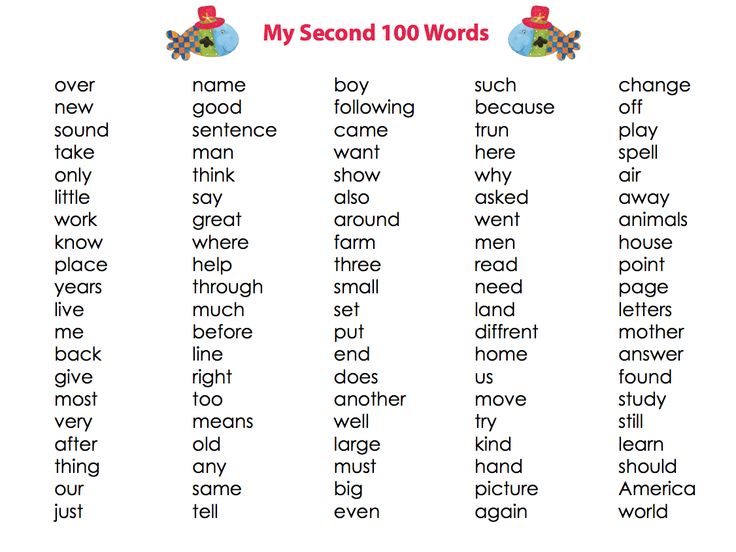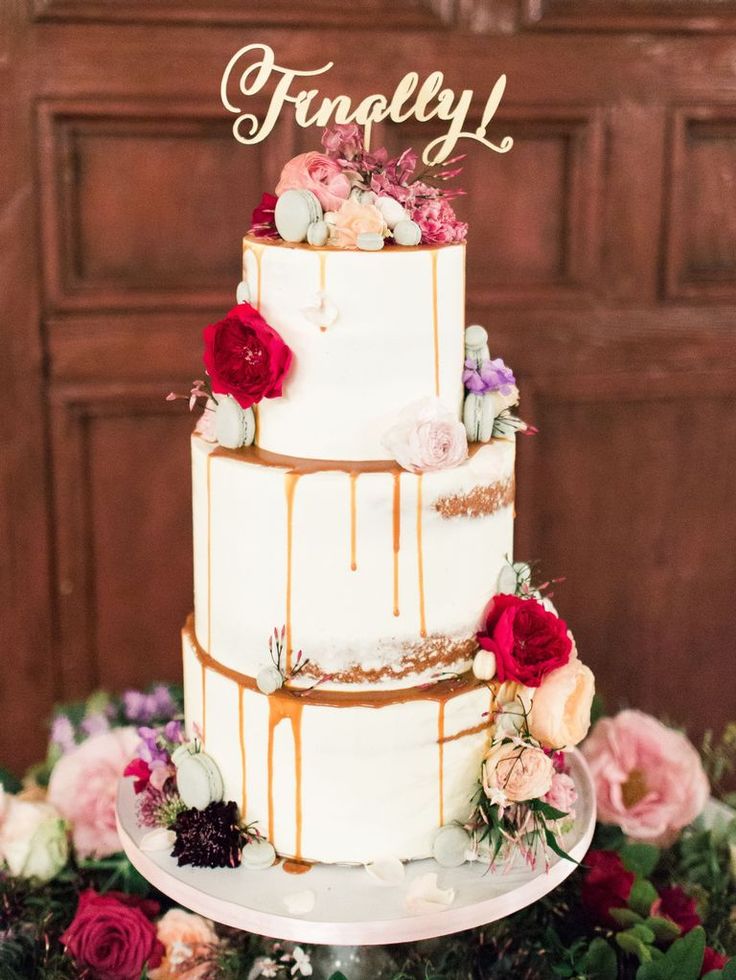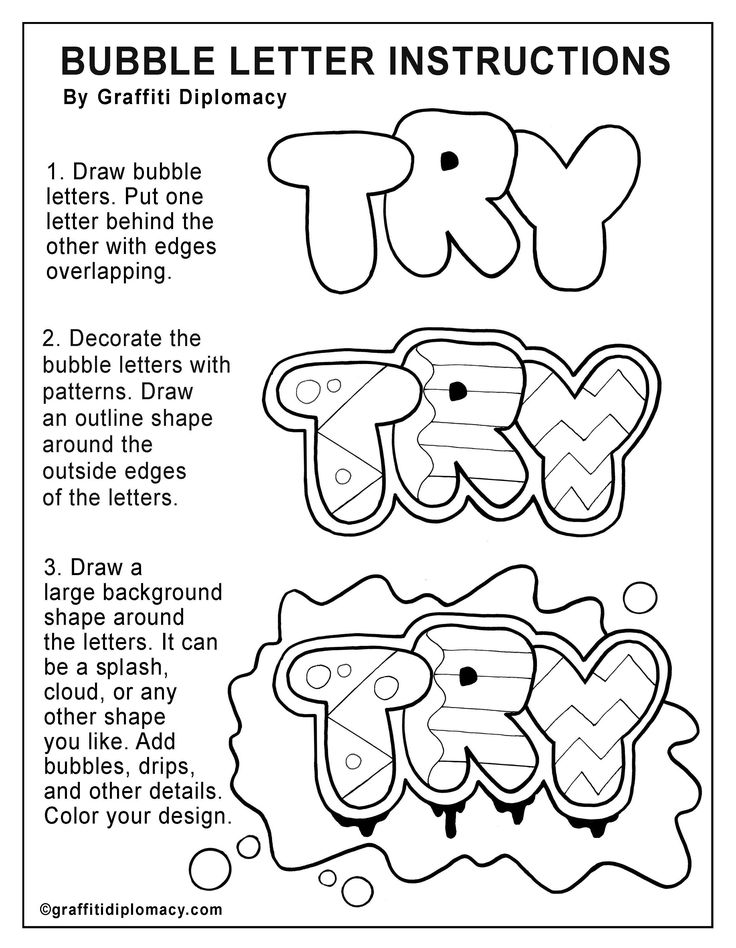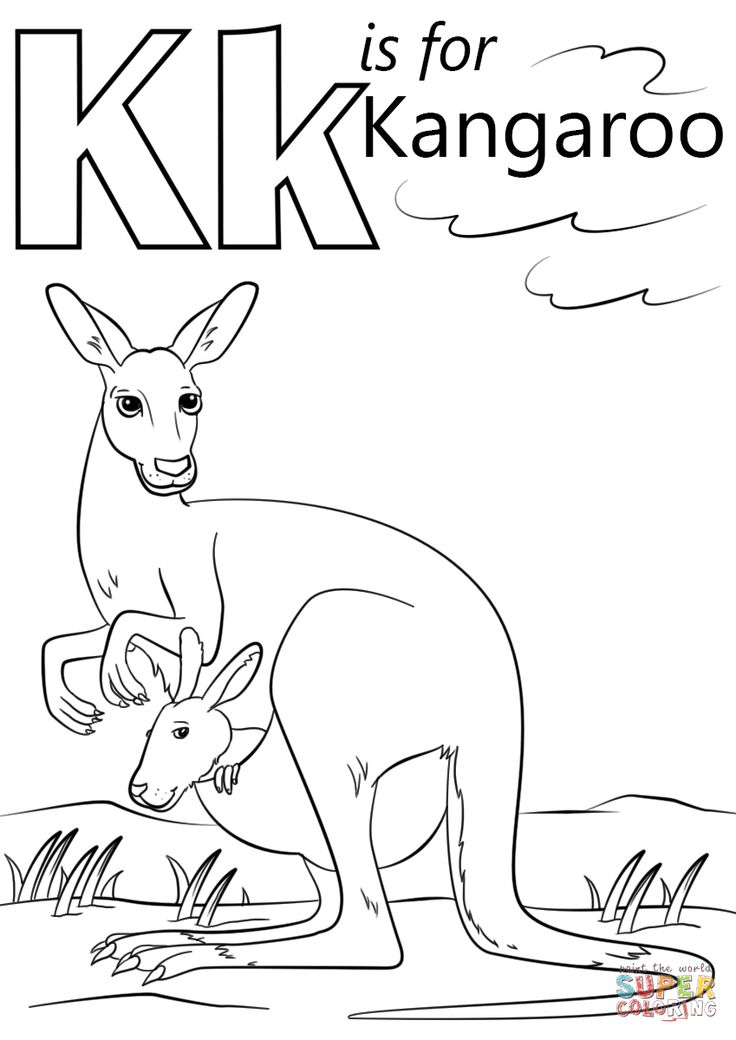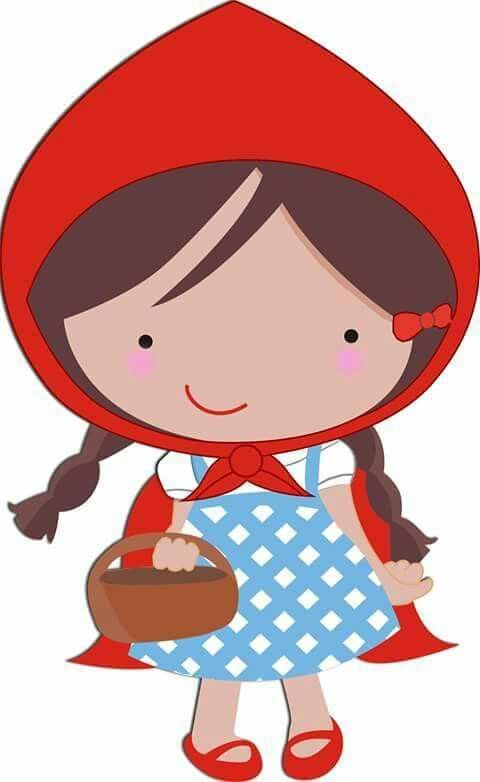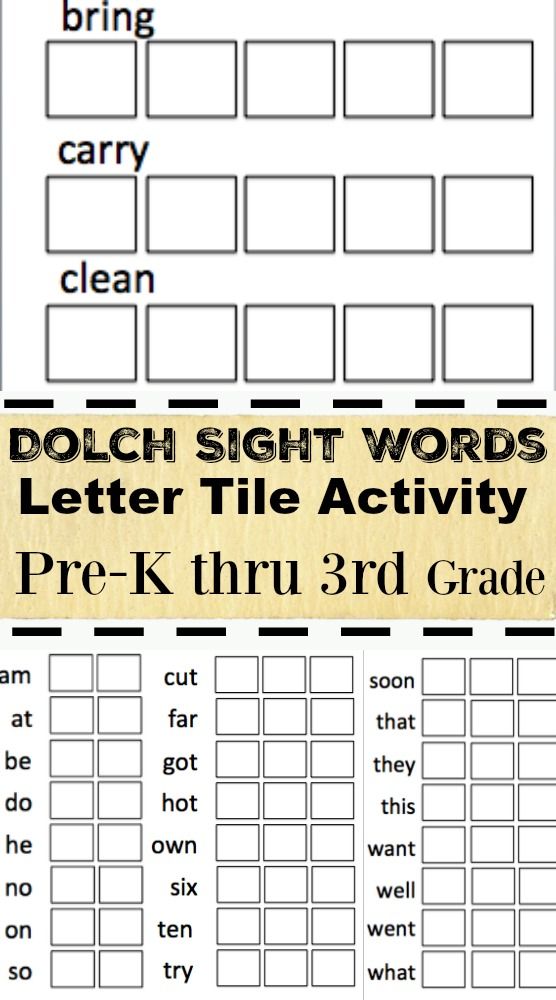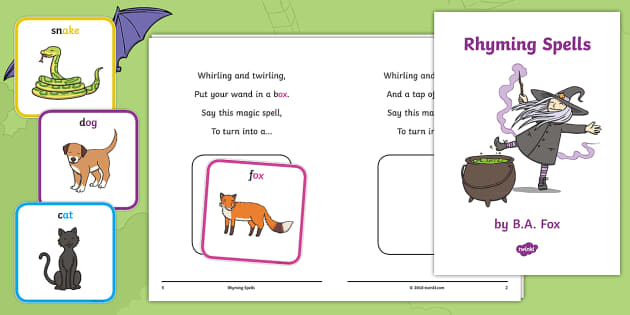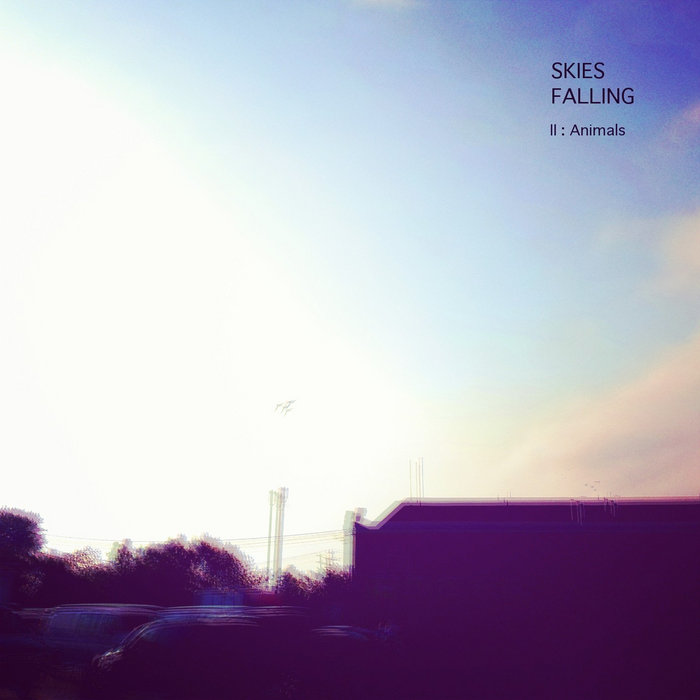Shapes for 2nd graders
How to Teach 2D and 3D Shapes
This blog post is all about 2nd grade 2D and 3D shapes activities. These activities build on 1st grade common core geometry standards and prepare students for 3rd grade standards. This blog post will focus on how to use these activities in your study of the 2nd grade standard 2.G.1. Your students will learn a variety of strategies for reasoning with shapes and their attributes.
Standards for geometry:
2nd Grade 2.G.1: Recognize and draw shapes having specified attributes, such as a given number of angles or a given number of equal faces. Identify triangles, quadrilaterals, pentagons, hexagons, and cubes.
Introduce Terminology
Introducing your geometry unit with an anchor chart that reviews key terminology and provides visuals is highly effective. This serves as a spiral review of previous 2D and 3D shapes skills they have learned as well as a strong visual for this unit. In 1st grade, students learn how to distinguish defining shape attributes.
Reviewing these attributes is a great warm-up for students. This anchor chart provides a visual for students as they study 2D and 3D shapes and their attributes. This is a strong foundation for them to build knowledge on in 2nd grade.
An essential 2D shapes activity used is this anchor chart which describes 2D shape attributes. It is essential that students connect the defining attributes to the name and suffix of the shape word. This will help them understand the number of sides, vertices, and angles more concretely. Showing examples of different ways to make that shape is also important. This allows the students to think beyond the basic version of each 2D shape.
Much like the 2D shapes activity above, this 3D shape attributes anchor chart serves a similar purpose. This chart breaks down each 3D shape figure and shows the number of faces, edges, and vertices. The examples of each shape help students connect the term “solid” to the defining attributes. They are also able to see the differences between 2D polygons and 3D solids.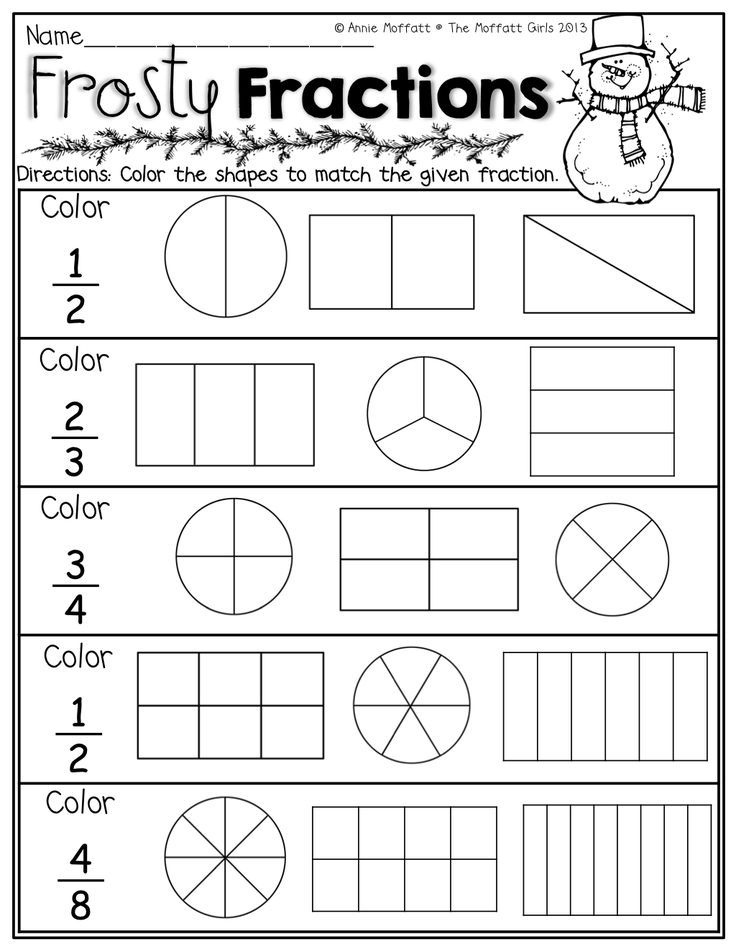
These interactive videos from BrainPop Jr are a fun way for students to practice recognizing and defining 2D and 3D shapes.
- BrainPop Jr- 2D Shapes
- BrainPop Jr- 3D Shapes
Identifying Shapes
When focusing on 2D and 3D shapes, it is helpful to start by focusing on one type of shape at a time. This gives the students time to understand each type of shape separately before comparing them. One day of the unit will solely be about 2D shapes. After the whole group lesson, students will work in partners, small groups, and individually to study these shapes and their attributes. Hands-on activities, interactive notebook prompts, and leveled 2D shapes activities are included for this lesson.
Once the students are showing mastery of the 2D shapes, the next step is to study the 3D shapes and their attributes. Similarly, students will have a whole group lesson featuring an anchor chart and posters. Then, they will work in partners, small groups, and individually to show what they know about 3D shapes and their attributes.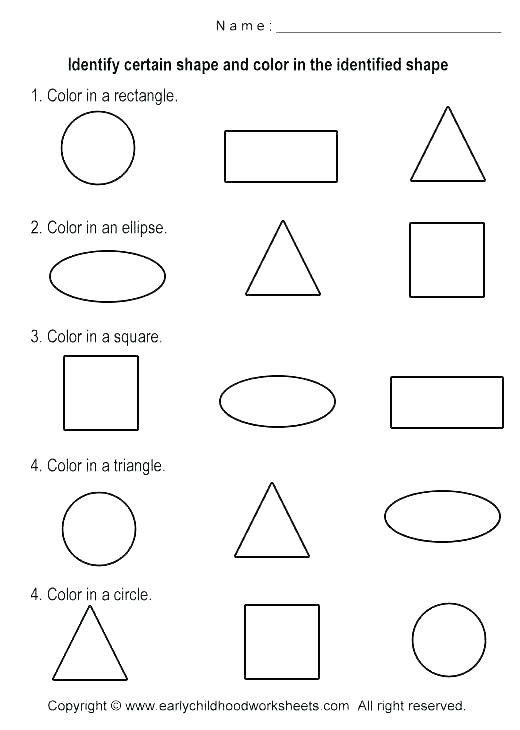 This 3D shapes book is one of my favorite activities in this unit as it serves as a great “go-to guide” for the students as they move through this study.
This 3D shapes book is one of my favorite activities in this unit as it serves as a great “go-to guide” for the students as they move through this study.
Describing Attributes
Now that the students have studied both 2D and 3D shapes in depth, it is time to start describing them. These 2D and 3D shapes activities will help students describe the attributes of different shapes. The 2D and 3D shape cards can be mixed up for an added challenge or separated into 2D and 3D shapes. Having the students describe the attributes and then sort them independently encourages critical thinking skills.
Drawing Shapes
As they continue to build on the prior 2D and 3D shapes activities, the students are now ready to draw shapes. Using their knowledge of the shapes and their attributes, the students get to show what they know by drawing 2D and 3D shapes. I love how the cards in this activity have the students trace the shape first. This allows them to think about all of the attributes and get a feel for what that shape looks like and feels like to draw.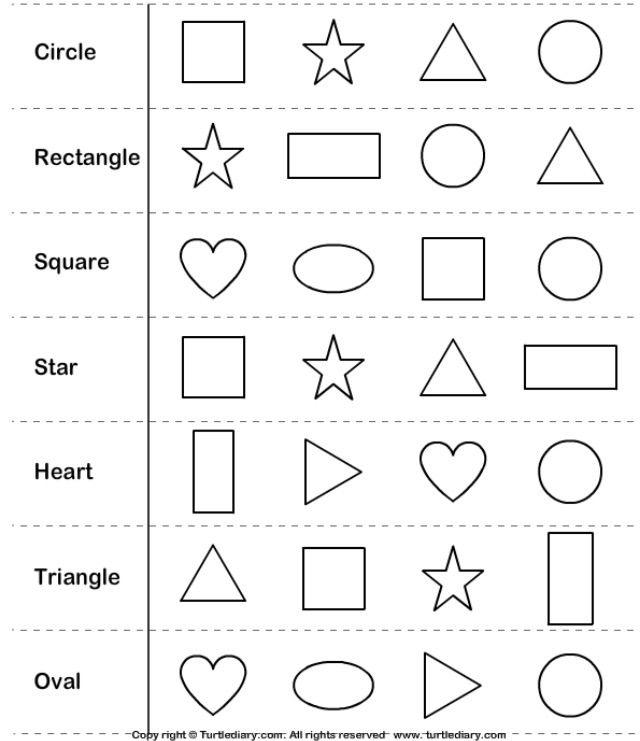 This is great for our kinesthetic learners. After that, the students draw their own shape beside it. This helps our visual learners as well by allowing them to see how close their drawing is to the original.
This is great for our kinesthetic learners. After that, the students draw their own shape beside it. This helps our visual learners as well by allowing them to see how close their drawing is to the original.
Differentiating Small Group Activities
Just like with any concept, not all students will learn at the same pace or in the same way. I have included 3 levels of 2D and 3D shapes activities in this unit. Students in the remediation group will benefit from a simple review activity and matching practice. On-level students may work more on defining the attributes of the shapes while the students in the enrichment group are ready for drawing shapes activities and more challenging games. As always, it is crucial for the teacher to meet the students where they are at and progress from there. Building those foundational skills before moving on is key.
Give Lots of Time for Mixed Review and Hands-On Practice
Like anything, practice makes perfect! Giving the students multiple opportunities to work with these 2D and 3D shapes activities is essential.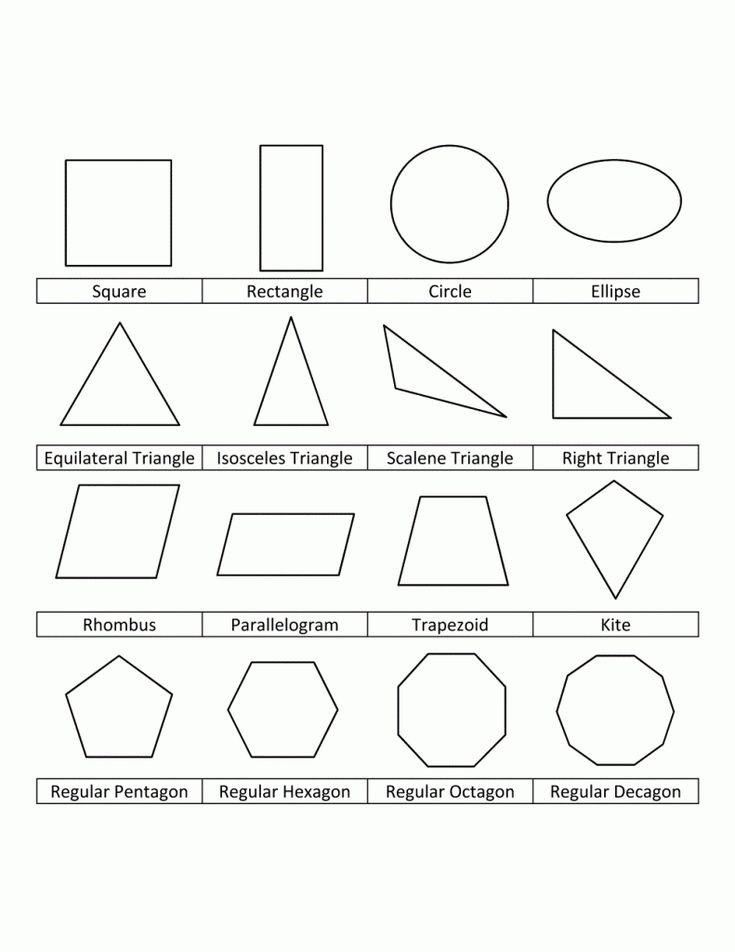 Using a variety of hands-on and mixed review activities included in this unit allows the students to practice these concepts and become more fluent. They will begin to define, draw, and recognize the different shapes and their attributes with more precision as they work towards mastery. This unit makes differentiation a breeze, giving your students the support they need.
Using a variety of hands-on and mixed review activities included in this unit allows the students to practice these concepts and become more fluent. They will begin to define, draw, and recognize the different shapes and their attributes with more precision as they work towards mastery. This unit makes differentiation a breeze, giving your students the support they need.
2nd Grade Teaching Suggestions…
This unit breaks down the 2nd grade standard, 2.G.1, teaching students how to recognize and draw 2D and 3D shapes having specified attributes, such as a given number of angles or a given number of equal faces. Students will also learn how to identify triangles, quadrilaterals, pentagons, hexagons, and cubes. All of the images you see throughout this blog post come from the 2D and 3D Shape Attributes unit.
Click the buttons for the link you need.
Looking for more math blog posts?
- Keeping Your Math Block Organized
- Writing About Math
- How to Teach Number Lines
Whole Group Activities for Teaching Text Features
I know I talk about text features often, but they are such important elements of nonfiction texts.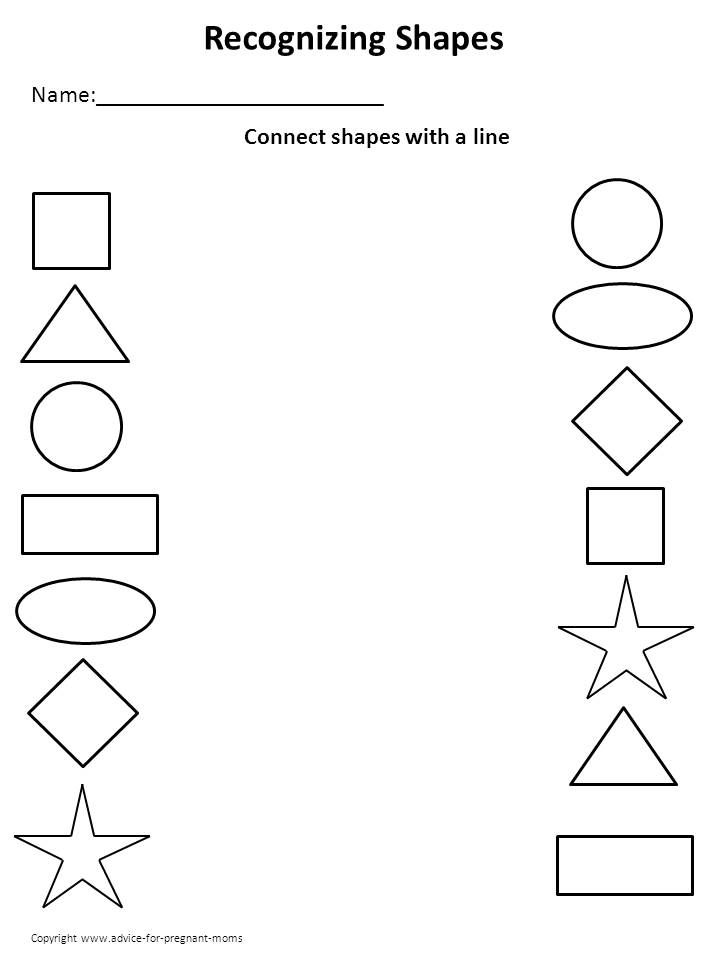 Text features are excellent comprehension tools! They help
Text features are excellent comprehension tools! They help
Read More »
Independent Directed Drawing Activities
Have you heard of “directed drawings?” Do you use them in your classroom? The idea is that students follow instructions, either oral or written, one
Read More »
5 Tips for Hosting a Mock Election in Your Classroom
It’s almost Election Day! There’s no better way to teach our students about voting, than by hosting a mock election. Today, I am going to
Read More »
2D Shapes Geometry Activities - Saddle Up for 2nd Grade
Teaching 2D shapes in 2nd grade is a critical standard and life skill. 2D shapes are found everywhere in the real world. It’s important to help students understand 2D shapes and their differences from 3D shapes. Today, I’m sharing several ways to make your math lessons engaging and hands-on with these 2D shapes geometry activities and 2D shapes crafts for 2nd grade.
What Are 2-Dimensional Shapes?
2D shapes are flat plane figures that are made up of sides and vertices. They are called plane figures because they stay in only one single plane. 2D shapes have only 2 dimensions, length and width. These shapes do not have any depth or thickness, which is what makes them different from 3D shapes.
A few examples of 2D shapes are circles, squares, triangles, rectangles, ovals, rhombuses, pentagons, hexagons, and octagons.
2D Shapes Anchor Chart
When introducing a new mathematical concept, one of my favorite strategies is to create a 2D shapes anchor chart. Creating a whole group 2D shapes anchor chart allows students to understand the concept deeper, see visual aides, and understand the mathematical vocabulary related to the concept.
After creating the whole group 2D shapes anchor chart that goes on display for the entire math unit, you can guide students to create a mini version of the 2D shapes anchor chart to keep in their math journal.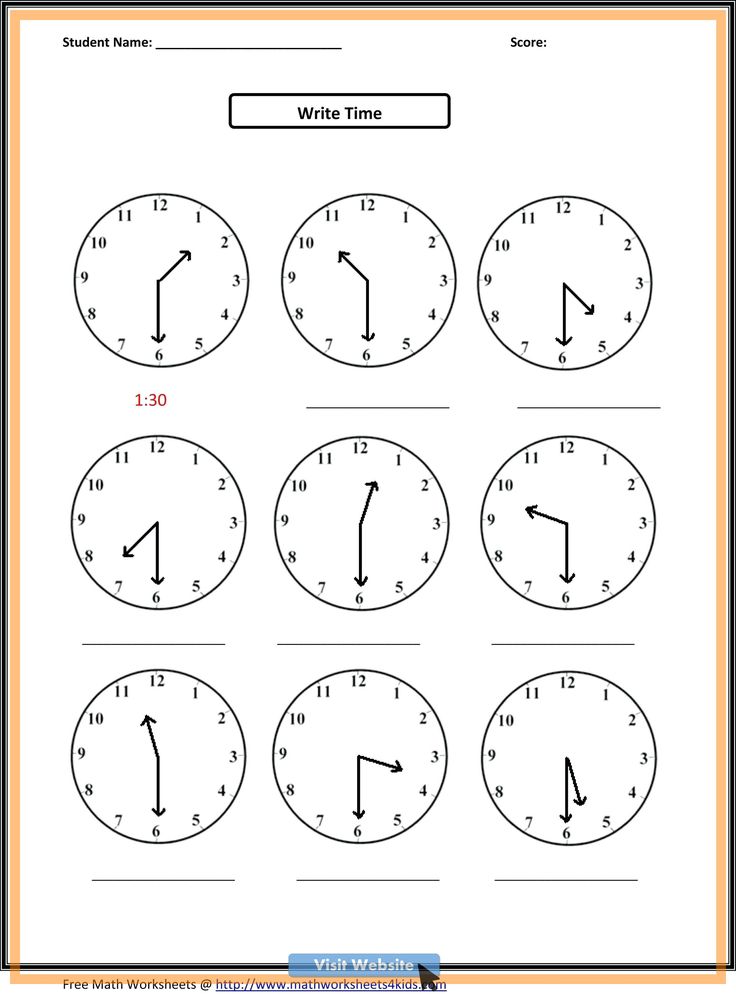 This is a great way to help students revisit the information and creates a reference that they can keep in their journal throughout the unit and the year.
This is a great way to help students revisit the information and creates a reference that they can keep in their journal throughout the unit and the year.
Interactive math journals serve as great spiral review as well. Your young learners can flip to the page they need to review any concept throughout the year. This also helps with problem-solving as students know to look in their math journal for help before asking the teacher.
Now that you know more about what 2D shapes are and how to introduce these new shapes to your students, read on for some simple ideas for hands-on learning activities and fun 2D shapes geometry practice.
1. Constructing 2D Shapes
I like to give students a hands-on way to create and work with 2D shapes at the beginning of our 2D shapes unit. One of my favorite ways to do this is to have them construct 2D shapes using popsicle sticks and pom pom balls.
The popsicle sticks represent the sides of the shapes and the pom pom balls are used to identify the vertices in a shape.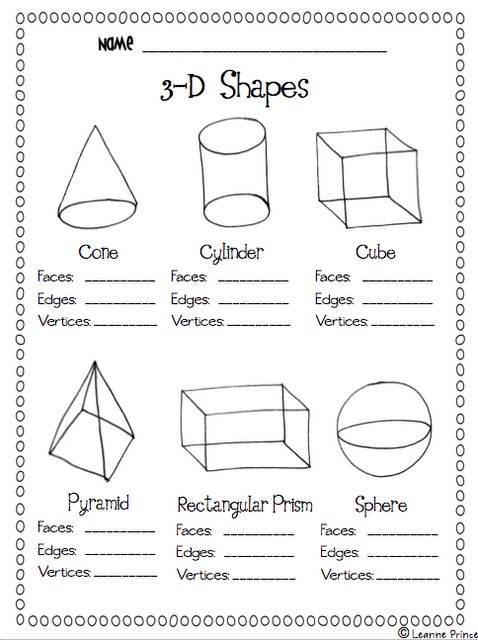 You can see exactly how to do this with students in my Math Manipulatives and Tools for Teaching Geometry blog post.
You can see exactly how to do this with students in my Math Manipulatives and Tools for Teaching Geometry blog post.
2. Sorting Polygons
When learning about 2D shapes, it’s important for students to understand what a polygon is. Polygons are flat, 2D plane shapes with straight sides that are closed. This means the sides are all connected and there is no space to “escape.” Polygons can have any number of sides, but they must be straight. If a shape has curved sides, it is not a polygon.
To help students understand which shapes are polygons and not polygons, you can use this polygon pocket chart sorting activity from my Geometry Guided Math Unit.
3. Incorporating Real Life 2D Shapes Examples
As I mentioned, 2D shapes are everywhere in the real world. Therefore, it’s important to provide students with opportunities to see shapes in the form of real objects around them. When learning about 2D shapes, you can take your students for a walk around the school or outside to identify the various 2D shapes found.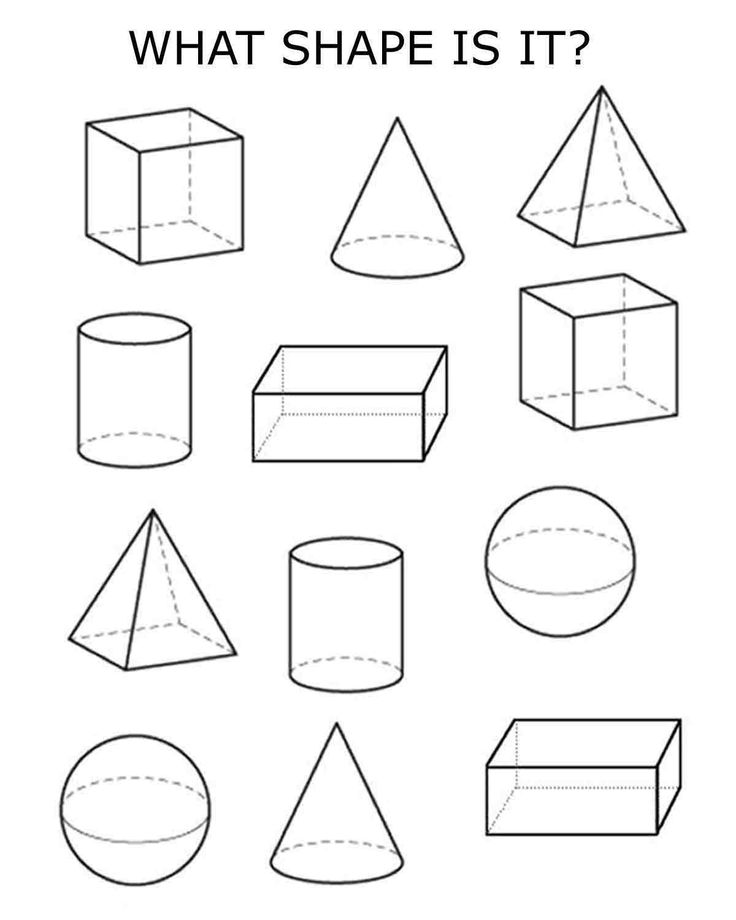
You can reinforce real life 2D shapes practice in the classroom by incorporating real life objects in your mini lessons, math stations, or independent practice activities. This Roll & Color activity is a fun way for students to familiarize themselves with real-world 2D shapes.
4. Irregular Shapes vs. Regular Shapes
In 2nd grade students learn to identify regular 2D shapes up to a dodecagon, which is a shape with 12 sides and vertices. A regular shape is a shape in which all sides are the same length and all angles are equal.
Oftentimes, shapes can be irregular. This means that the sides are not equal in length and/or the angles are different. While irregular shapes must still have straight sides and be closed, students in 2nd grade must learn to identify the differences in regular and irregular shapes. Using interactive journal activities for determining regular and irregular shapes is a great way to put this into practice.
5. Constructing 2D Shapes With Pattern Blocks
Another one of my favorite 2D shapes geometry activities is using pattern blocks to construct 2D shapes.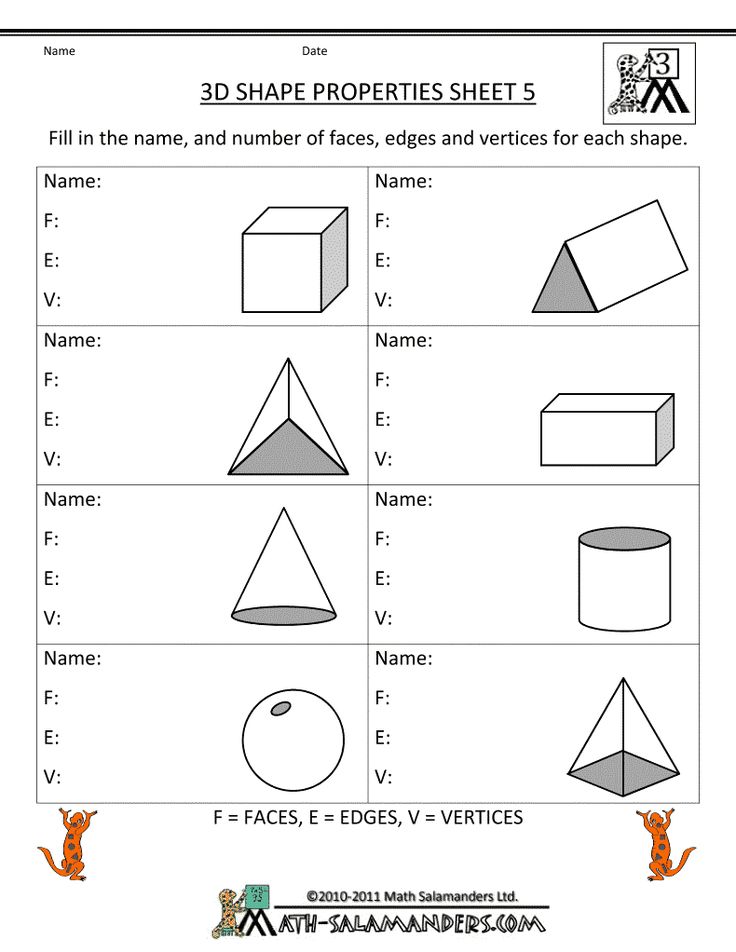 This gives students more exposure to the overall shape and its attributes. As they construct, they also become more familiar with the individual shapes that make up the larger shape.
This gives students more exposure to the overall shape and its attributes. As they construct, they also become more familiar with the individual shapes that make up the larger shape.
This Composing Shapes Mat activity from my Geometry Guided Math Unit encourages critical thinking and problem-solving as students must read the shape card and determine how to compose the 2D shape using the smaller shapes in the right quantities.
6. 2D Shapes Writing Activities
A big part of mathematical understanding is being able to explain math concepts and write about them. Whenever you can incorporate writing into your math block, it’s a win-win.
This Emoji Shape Craft is one of my favorite ways to incorporate writing into my 2D shapes lessons.
Incorporating writing into math gives students a great opportunity to improve overall writing skills and practice more technical writing techniques, like with this Turkey Shape Craft.
Students will be able to use their mathematical vocabulary to write about the concept, show their understanding, and explain their reasoning.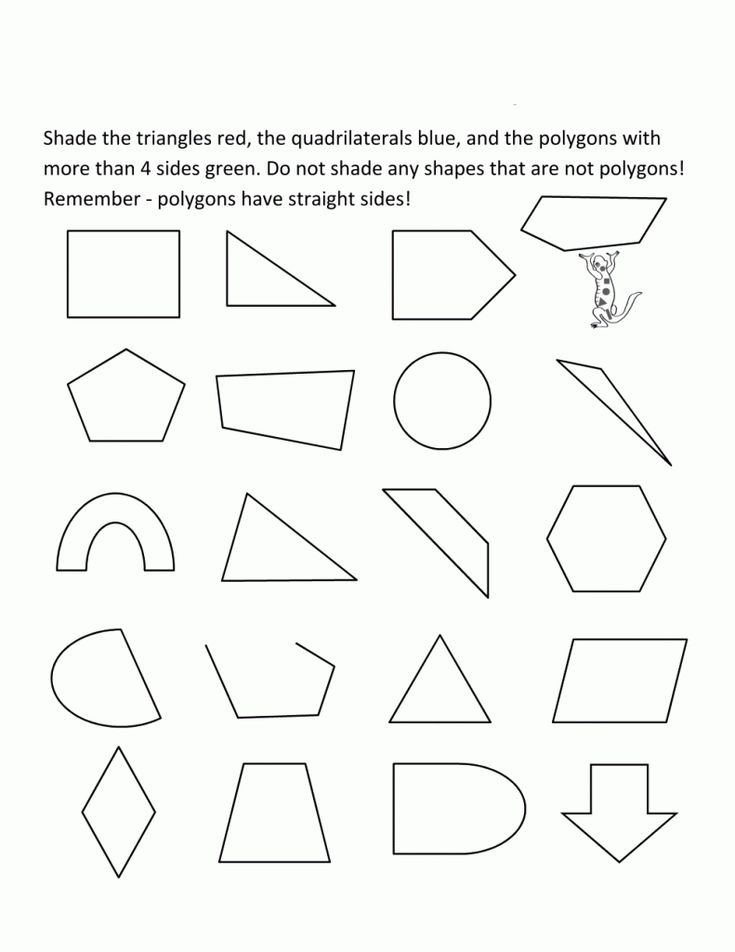
This Reindeer Shape Craft is the perfect way for students to write about 2D shapes and their attributes.
7. Using Technology
Using technology in your 2D shapes geometry lessons is a sure way to keep your students engaged and excited. One way to incorporate technology into your 2D shapes lessons is to use the ChatterPix app to allow your students to share their writing.
This free download can be found in the Apple or GooglePlay stores. It’s super easy to use too! Students simply take a photo of their writing math craft, use their finger to draw a mouth on the photo, and record themselves reading their writing piece. It really makes the writing piece come to life and shows each student’s personality and creativity!
ChatterPix takes your basic writing crafts from this…
…to this.
8. Shape Riddles
Another 2D shapes geometry activity students love is Shape Riddles! Students will read the shape riddle and work together to solve it. Then they’ll find the matching 2D shape card based on the shape’s attributes.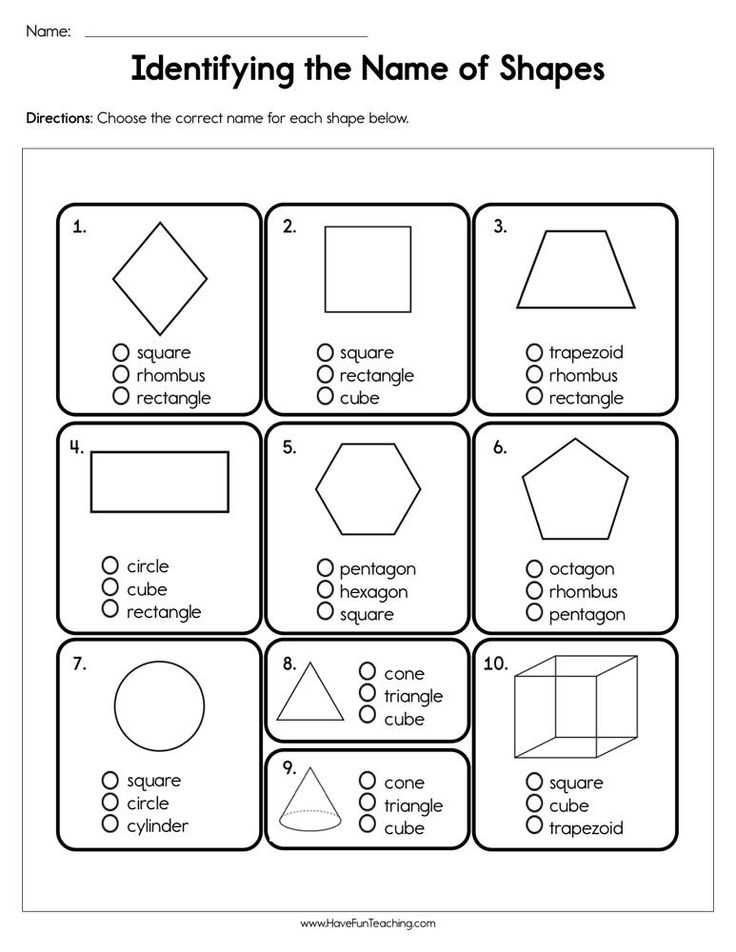
You can even split students into pairs or teams and have a race to see which team can solve the most riddles the fastest.
I hope you enjoyed this variety of activities for 2nd grade! For more ideas on teaching 2D shapes and geometry, check out my blog post all about Math Manipulatives and Tools for Teaching Geometry.
Pin the image below to save this post for later!
10 Undeniable Reasons Why Teachers Are The Best: Celebrating 10 Years of Saddle Up For 2nd Grade
If you would have asked me 10 or even 20 years ago what I would be doing today, I would not have said a curriculum
Read More »
How to Teach Comparing Numbers With Ease Using The Dot Method Strategy
The skill of comparing numbers requires a deep understanding of place value. Students develop this understanding over time as they are exposed to multiple representations
Read More »
How To Teach Skip Counting With Effective and Fun Activities
Skip counting is a key math skill that students learn in the primary grades.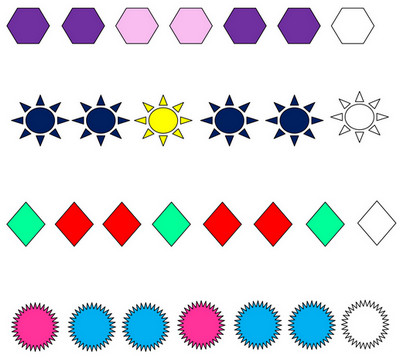 It can be a tricky concept for students to grasp. Plus, coming
It can be a tricky concept for students to grasp. Plus, coming
Read More »
Geometric figures, 2nd class
Geometric figure
is a standard* that can be used to determine the shape of an object or its parts.
* 1. an exact measure or an accurate measuring device used to reproduce, store and transmit a unit of measurement of some quantity. 2. trans. measure, model for imitation, comparison.
Geometric figures
Flat
Bulk
Planes
Point
is an abstract object that has no measuring characteristics: no height, no length, no radius.
A point is indicated by a number or a capital (big) Latin letter. Several dots - different numbers or different letters so that they can be distinguished
Line
is a set of points.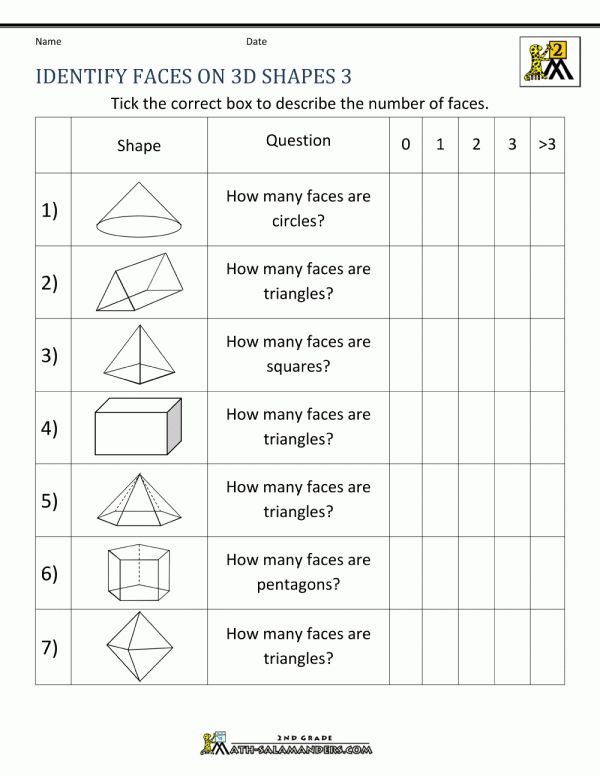 She only measures length. It has no width or thickness.
She only measures length. It has no width or thickness.
its beginning and end are at the same point.
its beginning and end are not connected
Line
Closed
Open
Straight line line
is a line that does not curve, has neither beginning nor end, it can be extended indefinitely in both directions.
A ray
is a part of a straight line that has a beginning but no end, it can be extended indefinitely only in one direction.
A
Segment
is a part of a straight line that is limited by two points, that is, it has both a beginning and an end, which means you can measure its length.
The length of the segment is the distance between its start and end points.
A
B
Curved line
Circle
- closed flat curve
Circle
- part of the plane bounded by a circle.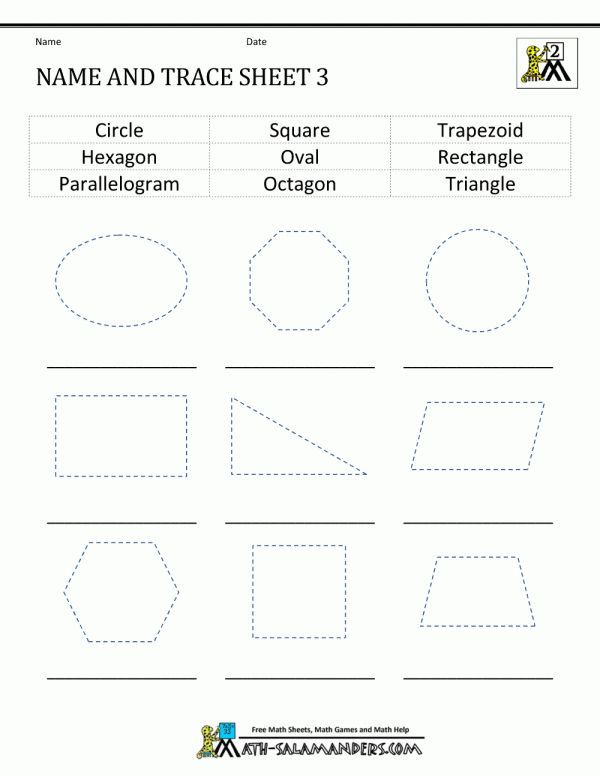
Oval
is a closed convex smooth plane curve.
An unlimited number of curves can be drawn through two points, but only one straight line.
B
A
A
B
A broken line
is a line consisting of segments connected in series
Angle
is a geometric figure that consists of a point and two rays emanating from this point. The rays are called the sides of the angle, and their common beginning is its vertex
Straight
Sharp
Blunt
Polygon
is a closed polyline
Triangle
- a geometric figure, which consists of three points that do not lie on one straight line, and three segments connecting them in pairs.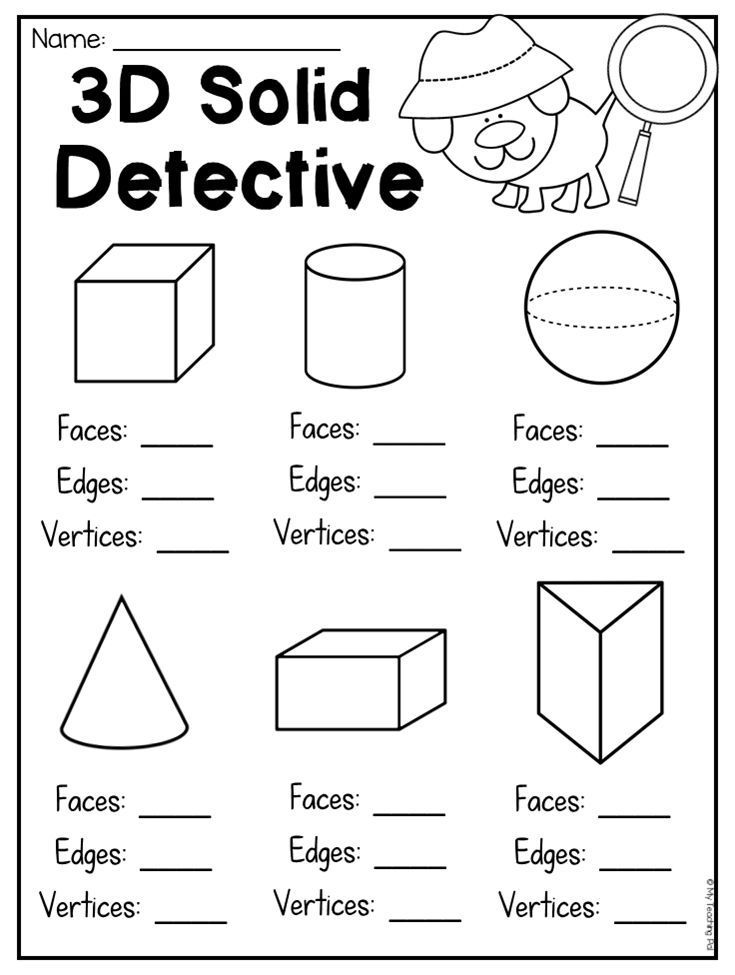
Quadrilateral
is a figure that consists of four points and four consecutive segments connecting them, and no three of these points should lie on the same line, and the segments connecting them should not intersect.
The points are called the vertices of the quadrilateral, and the segments connecting them are called the sides.
Rectangle
is a quadrilateral in which all angles are right and opposite sides are pairwise equal and parallel (never intersect)
b
a
Square
is a quadrilateral in which all angles are right and all sides are equal.
a
a
a
a
Rhombus
- is a quadrilateral in which all sides are equal and opposite angles are equal in pairs.
Geometric shapes (grade 2) - presentation, report, project
You can study and download the presentation report at topic Geometric shapes (Grade 2). A presentation on a given topic contains 17 slides. Use to view turntable, if the material was useful to you - share it with your friends with using the social buttons and bookmark our presentation site!
A presentation on a given topic contains 17 slides. Use to view turntable, if the material was useful to you - share it with your friends with using the social buttons and bookmark our presentation site!
Presentations» Maths" Geometric shapes (grade 2)
Slides and text of this presentation
Slide 1
Description of the slide:
Borunova Valentina Vasilievna, Borunova Valentina Vasilievna, primary school teacher Maths UMK - any MBOU secondary school No. 6 Velikiye Luki Pskov region
Slide 2
Slide description:
Dot Our courtyard is empty today, it's gloomy outside the window. I took a marker pencil, I decided to draw figures. There is a piece of paper in front of me.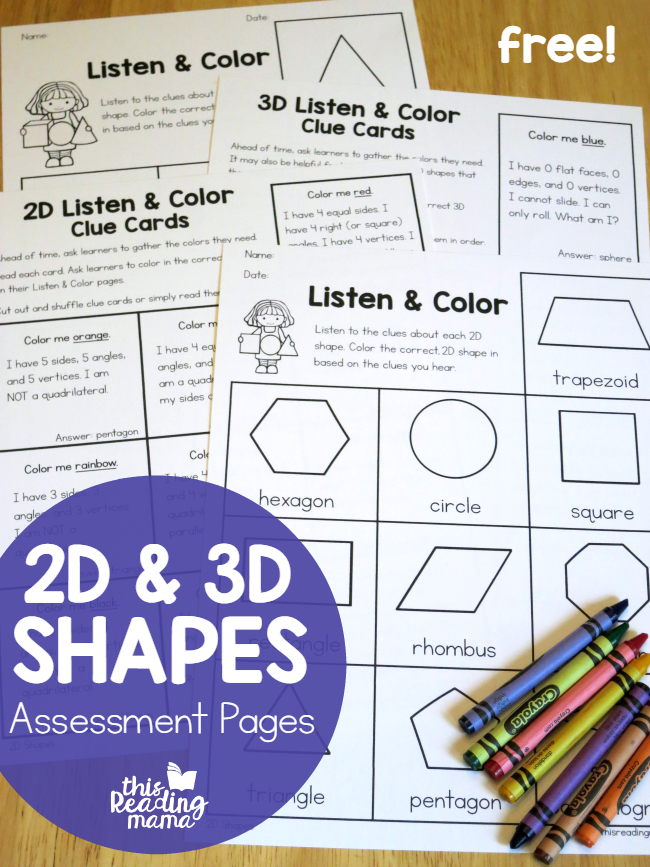 How white and pure he is. You poke with a felt-tip pen in the middle of the leaf and on the sheet it turns out ... .
How white and pure he is. You poke with a felt-tip pen in the middle of the leaf and on the sheet it turns out ... .
Slide 3
Slide description:
Line Let there be points lots of, I drive through them. Connecting dot to dot i drew line track. Track, bending, twisting. The path is called LINE
Slide 4
Slide Description:
Straight line My mother advised me Lead your way straight. How to make a line straight? It does not work. My marker is lame Or is the hand broken? But with a ruler on a sheet It's so easy to draw the line. Look how smooth - This line is DIRECT.
Slide 5
Slide description:
corners My mother took the paper and turned a corner.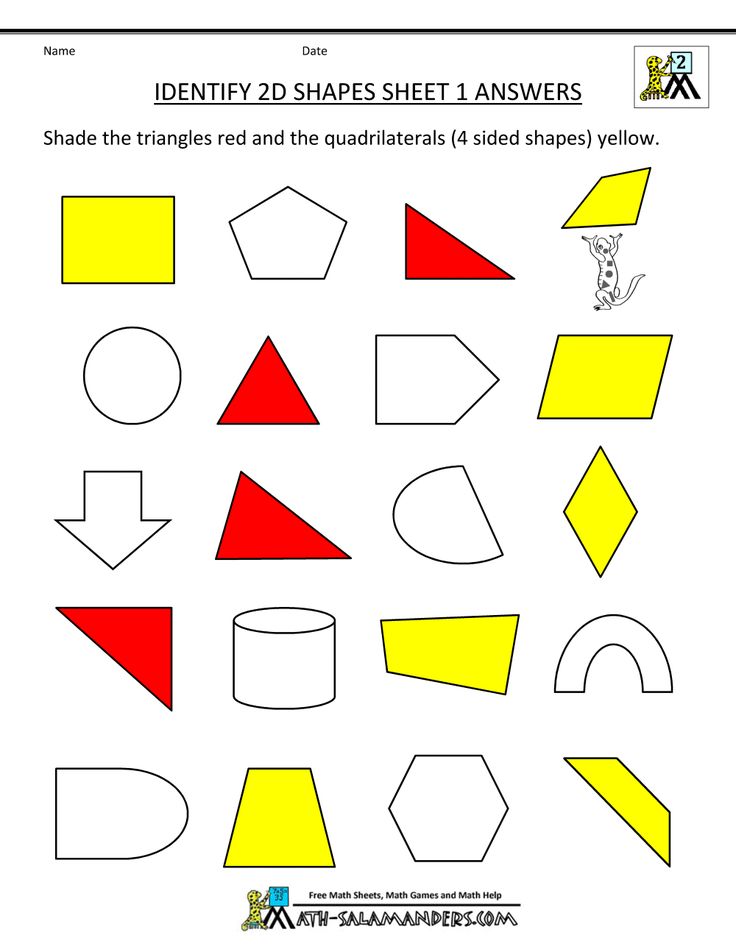 Angle like this in adults called DIRECT. If the angle is already ACUTE, if wider, then blunt.
Angle like this in adults called DIRECT. If the angle is already ACUTE, if wider, then blunt.
Slide 6
Slide description:
Triangle The plane flies through the sky triangular wing, on my bike - triangular seat. There is such an object - square, and all this - TRIANGLE.
Slide 7
Slide description:
Square The board where the chess stands and each cell is a square. There are horses and elephants, fighting figures. SQUARE - four sides, all sides are equal and all angles are right.
Slide 8
Slide description:
Oval How to draw an oval? I called my brother for help. The brother took a felt-tip pen and skillfully I drew an oval: you slightly flatten the circle, get an oval.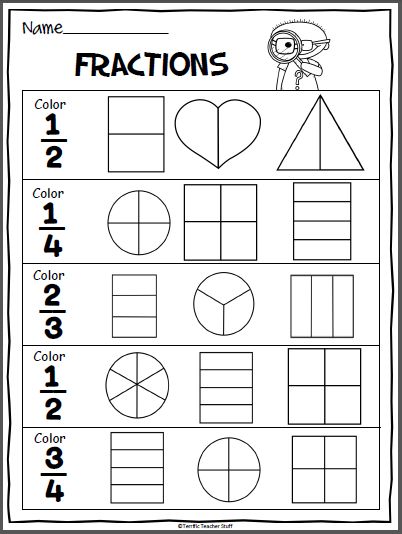
Slide 9
Slide description:
Circle We live with brother amicably. We have so much fun together. We will put on a sheet mug, circle with a pencil. It turned out what do you need - called CIRCLE.
Slide 10
Slide description:
A circle My drawing brother He considers himself a master. Everything inside the circle he painted over with a felt-tip pen. Here is a red circle for you, a circle, around the edge of the blue rim.
Slide 11
Slide description:
Cube The postman brought us a box - a package for me and my brother. Box - CUBE, it has six sides all sides are squares. What is in the package? There are shavings and sawdust sweets and bagels, even with jam jars.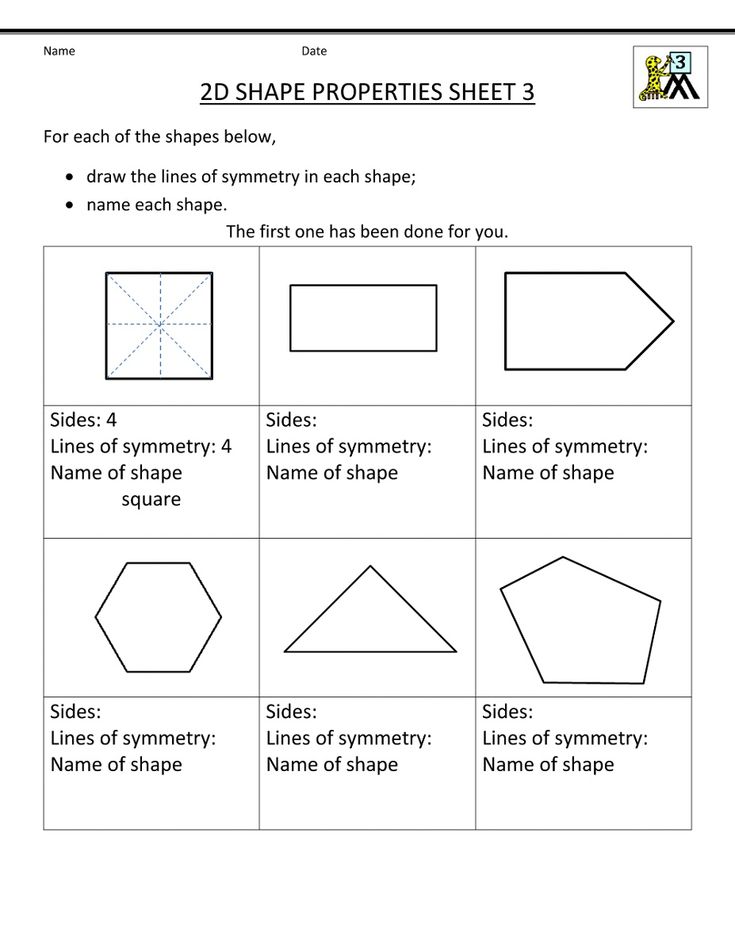
Slide 12
Slide description:
Ball Hit! Hit! Another hit! The ball flies into the gate - BALL! And this is a watermelon ball, green, round, tasty. Take a better look - what a ball! It is made up of circles. Cut into circles watermelon And taste them.
Slide 13
Slide description:
I saw the picture. In this picture is PYRAMID in the sandy desert. Everything in the pyramid is extraordinary. There is something in her mystery and mystery. A Spasskaya Tower on Red Square both children and adults well known. Look at the tower normal in appearance. What's on top of her? - Pyramid.
Slide 14
Slide description:
Cone Mom said: “And now about the cone will be my story.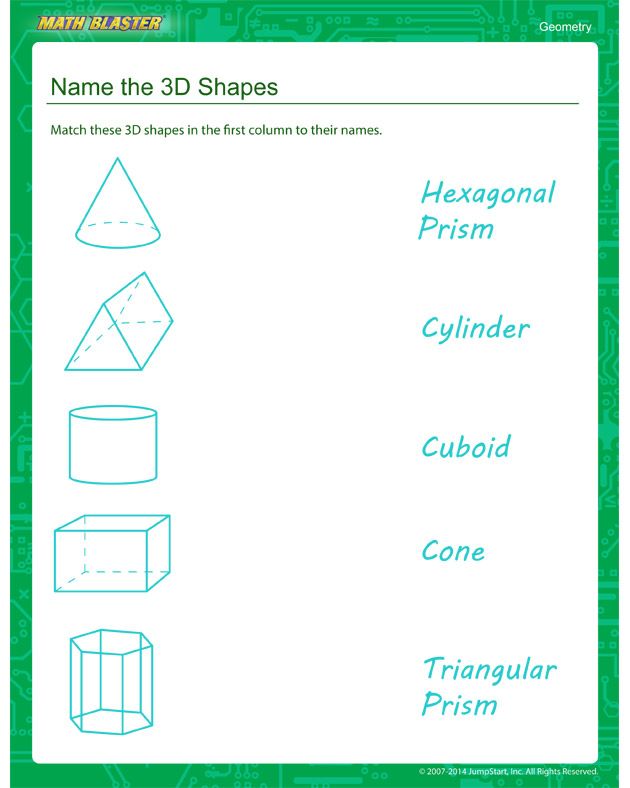 In a high hat astrologer counts the stars all year round. CONE - hat astrologer. That's what he is. Understood? That's it."
In a high hat astrologer counts the stars all year round. CONE - hat astrologer. That's what he is. Understood? That's it."
Slide 15
Slide description:
Cylinder Steamboat pipe - cylinder, The pipe on our roof - too, all pipes similar to a cylinder. And I gave an example like this - favorite kaleidoscope my. You can't take your eyes off him. It also looks like a cylinder.
Slide 16
Slide description:
What figures do you remember?
Slide 17
Slide description:
Links: 1 slide - http://www.vipusknick.ru/products_pictures/p615.jpg Point - http://stat8.blog.ru/lr/0a07af7639b0605c1b884d0d09fde127 Line - http://www.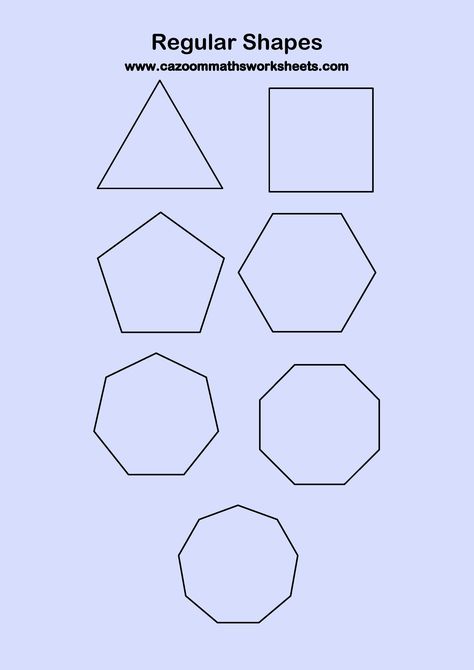 inright.ru/media/prep/47_236_big.jp Angles - http://www.fictionbook.ru/static/bookimages/00/19/10/00191011.bin.dir/h/i_010.png Saddle - http://www.new.velorama.ru/photos/catalogue/72/1572_10211_b400.jpg Aircraft - http://img-fotki.yandex.ru/get/10/pizhov.0/0_8b6a_55b8d33d_XL Chessboard - http://www.torroid.ru/images/posters/173155.jpg Sweets - http://media.damochka.ru/images/dnevnik/321/2148321/5.1239879697.jpg Watermelon - http://nevseoboi.com.ua/uploads/posts/2010-02/1265117062_ml0120.jpg Watermelon - http://www.photoshop-master.ru/comimg/comimg169271us124911.jpg Pyramid - http://img-fotki.yandex.ru/get/3307/iv-perelyg.2b/0_372b_9238821c_XL Spasskaya Tower - http://www.gov.cap.ru/home/56/album2006/baner2006/izbr2006-2.jpg Astrologer - http://molod.eduhmao.ru/var/db/html/9390._14.jpg Kaleidoscope - http://www.yartoys.ru/shop/images/big/18722.jpeg Trumpet - http://www.mirodolie.ru/files/images/pech24.preview.jpg Boy - http://miranimashek.ucoz.ru/_ph/167/2/450381650.jpg Animation - http://all.
inright.ru/media/prep/47_236_big.jp Angles - http://www.fictionbook.ru/static/bookimages/00/19/10/00191011.bin.dir/h/i_010.png Saddle - http://www.new.velorama.ru/photos/catalogue/72/1572_10211_b400.jpg Aircraft - http://img-fotki.yandex.ru/get/10/pizhov.0/0_8b6a_55b8d33d_XL Chessboard - http://www.torroid.ru/images/posters/173155.jpg Sweets - http://media.damochka.ru/images/dnevnik/321/2148321/5.1239879697.jpg Watermelon - http://nevseoboi.com.ua/uploads/posts/2010-02/1265117062_ml0120.jpg Watermelon - http://www.photoshop-master.ru/comimg/comimg169271us124911.jpg Pyramid - http://img-fotki.yandex.ru/get/3307/iv-perelyg.2b/0_372b_9238821c_XL Spasskaya Tower - http://www.gov.cap.ru/home/56/album2006/baner2006/izbr2006-2.jpg Astrologer - http://molod.eduhmao.ru/var/db/html/9390._14.jpg Kaleidoscope - http://www.yartoys.ru/shop/images/big/18722.jpeg Trumpet - http://www.mirodolie.ru/files/images/pech24.preview.jpg Boy - http://miranimashek.ucoz.ru/_ph/167/2/450381650.jpg Animation - http://all.